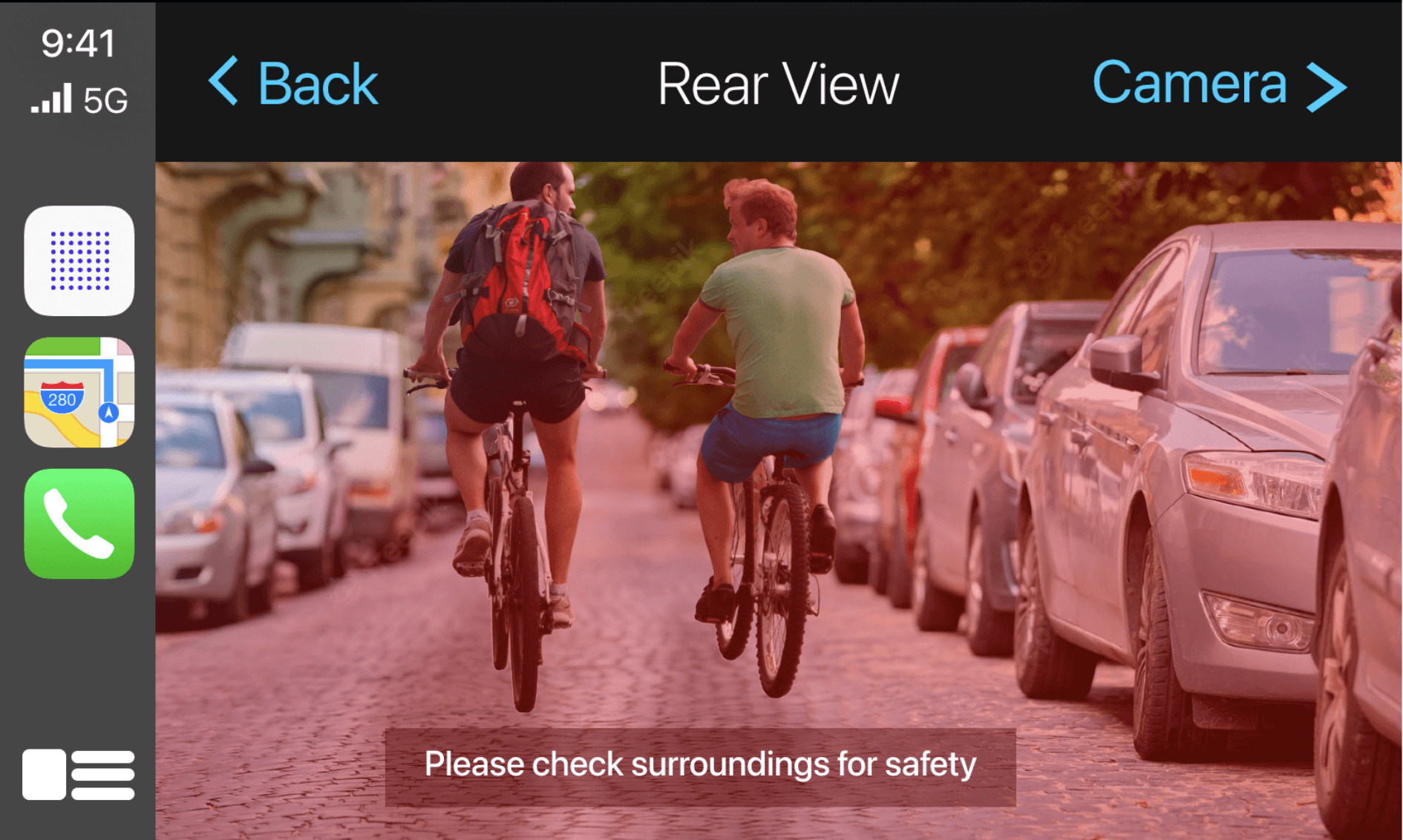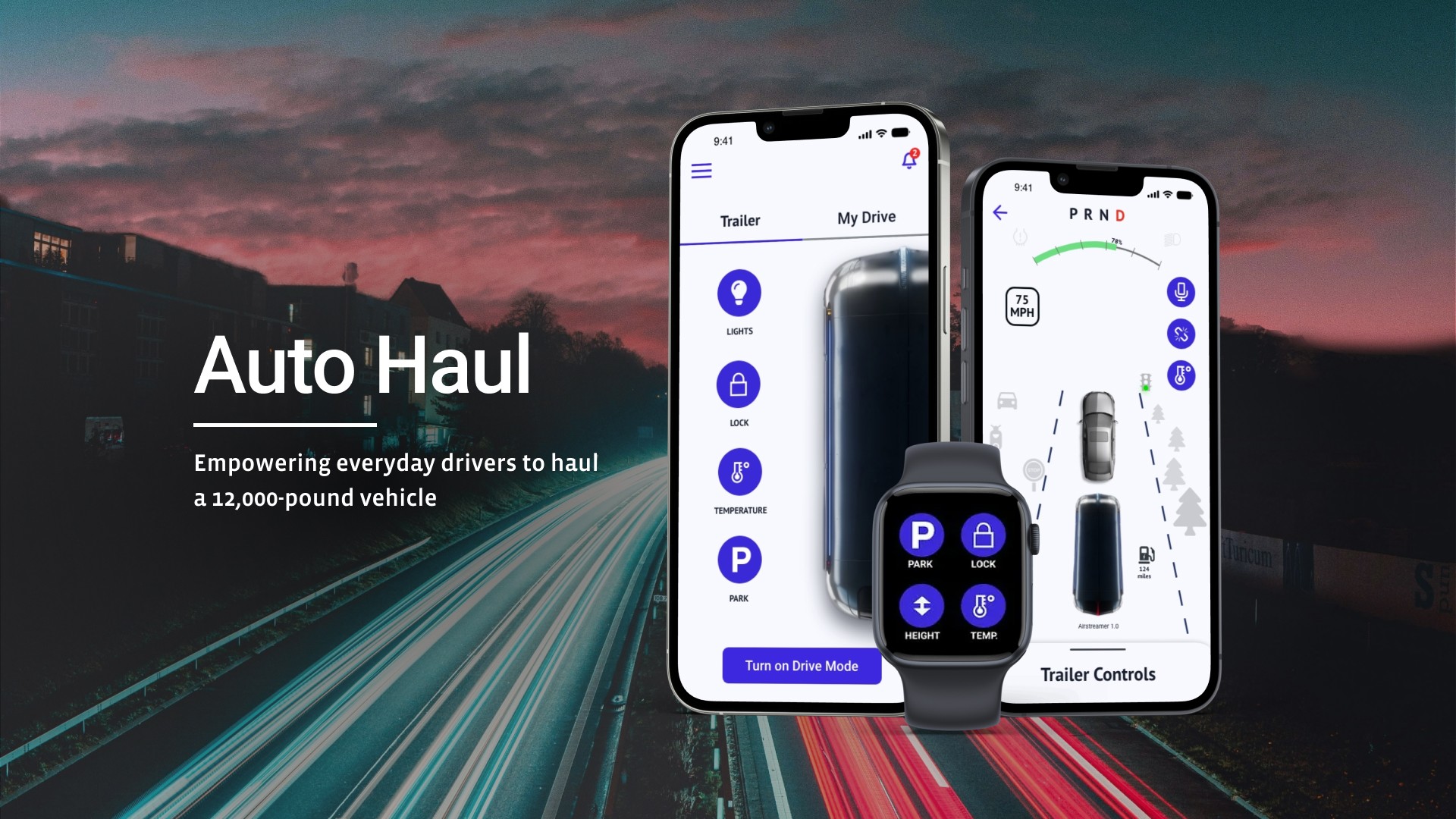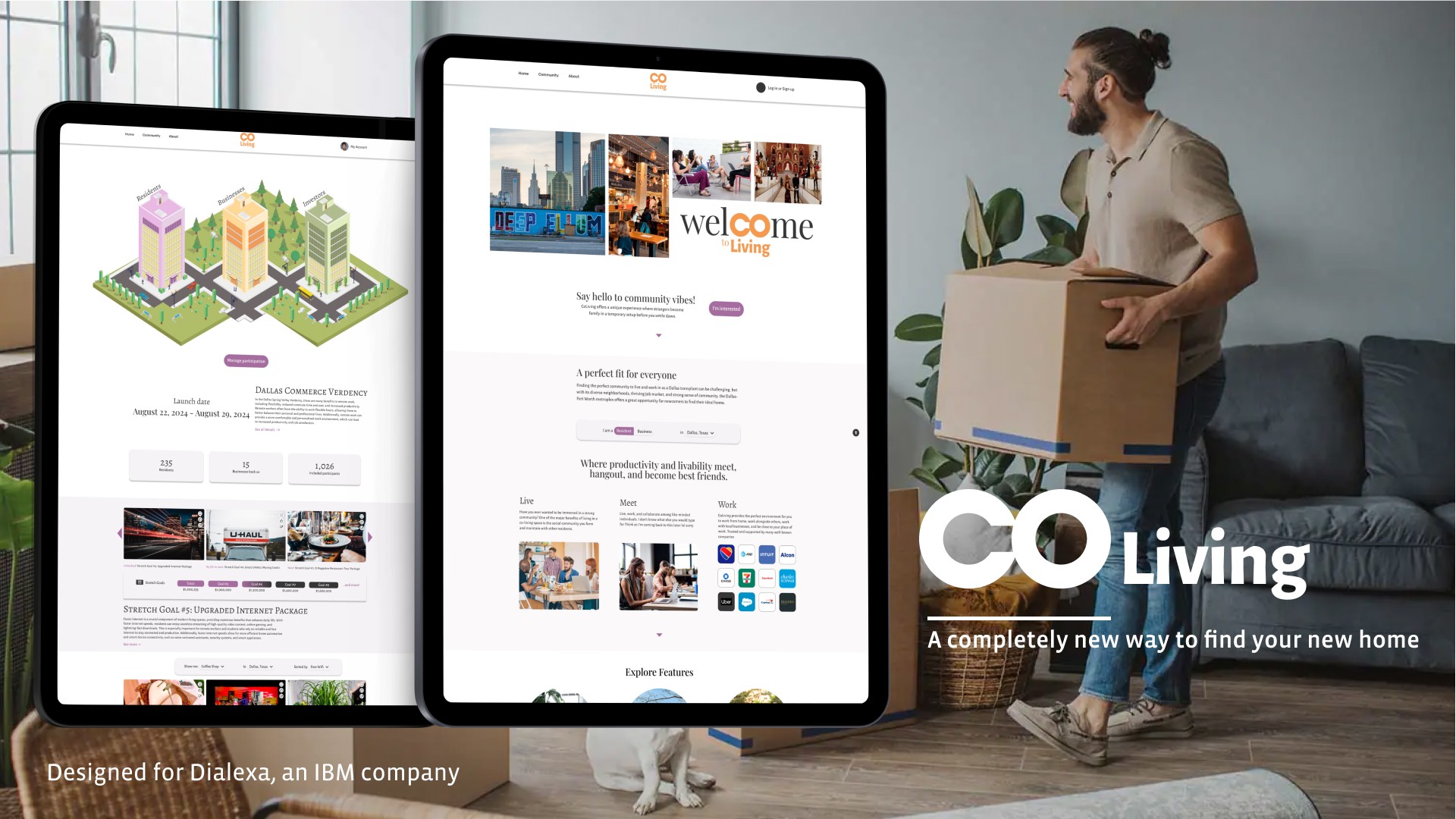Project Brief
As artificial intelligence begins to make its way into people’s everyday life we sought to define a future in which fully autonomous driving became the norm—setting a precedent for a hitch-less future.
My Role
UX Researcher
UX/UI Designer
Time Period
8 weeks
Team
Saja Noor
Results
Key Takeaways
Systematic approaches
Future thinking
Artificial intelligence
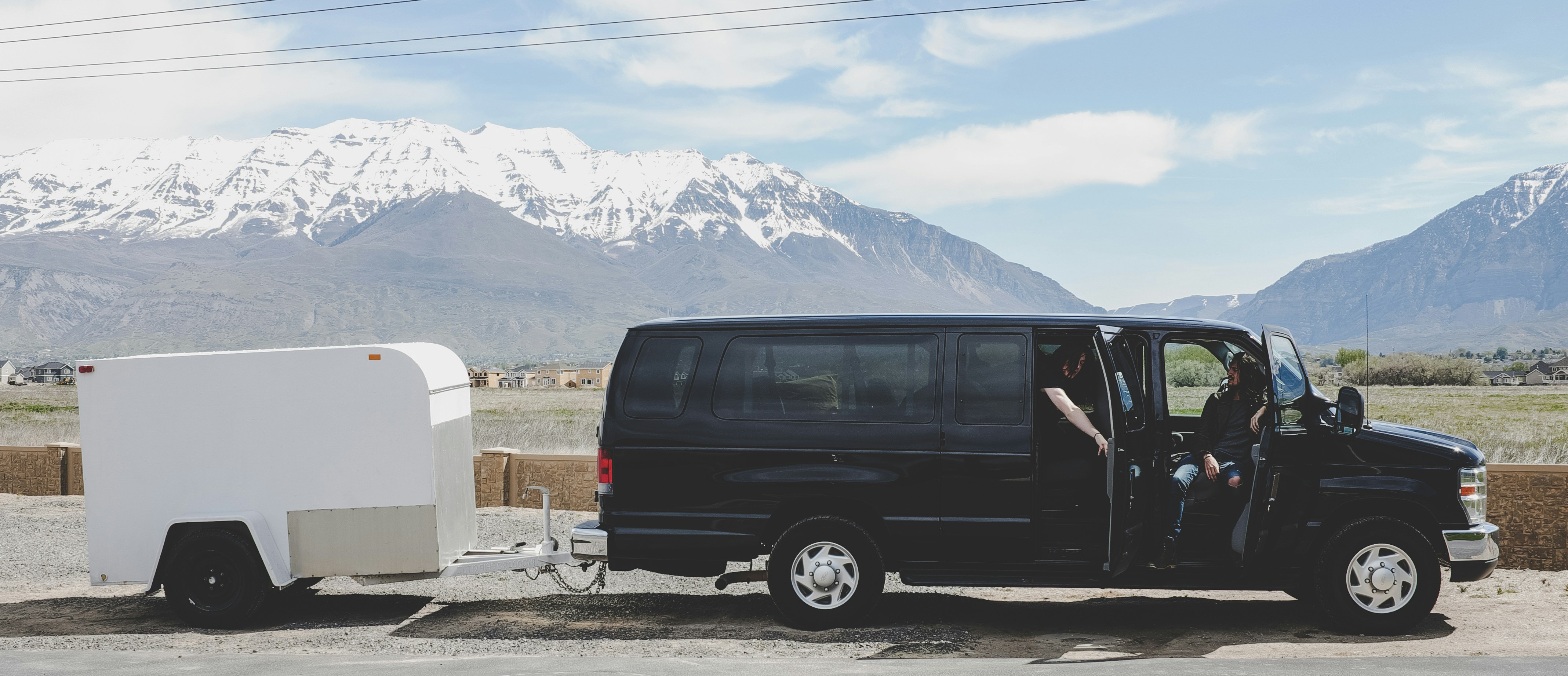
The Brief
Using the power of artificial intelligence to redefine what a trailer is.
As soon as ten years from now, fully autonomous driving will become possible. Leading to a redefined experience of what it means to drive. Creating new possibilities for drivers and passengers. We see a future in which this technology redefines what trailers are and what they can do. What if we no longer had to hitch trailers, instead using level 5 autonomy, the trailer could drive itself?
We sought to answer this question by following 2 main directives
1- How do we ensure a driver gets their trailer gets from point A to B safely?
2- How do we ensure the cargo inside the trailer remains safe throughout the duration of the journey?
The Deliverables
• Scan Hits
• Futures Wheel
• System Map
• Assumption reversal
My Partner and I looked into the project from the perspective of a family moving from one house to another.
Our Approach
Grounding ourselves in current state technology with the future in mind
To begin designing for the future we first must understand where the future is going. Our research was first in an effort to gain a holistic understanding of the current state of technology and experiences driving autonomous vehicles. Then we began workshopping what a future might look like with future state technology and future state experiences. The future we envisioned was one built to support to dreaded move from house to house, apartment to apartment. Empowering users to move with ease.
The Deliverables
• Watch OS Experience
• Trailer OS Experience
• Car OS Experience
• Phone OS Experience
• Voice OS Experience
Holistic Research
Using communication to build trust between vehicles and driver/passanger
In doing secondary research and building a database of 41 different media, we found the following key insights
• The in-car experience is designed for Humans. Humans have 5 senses, Seeing, Hearing, Tasting, Touching, and smelling. How do we design for each of these?
• Understanding the perceptions of vulnerable road users is crucial for developing and deploying AVs and solving public concerns
because the acceptance of AVs relies on both AV users and other road users, such as vulnerable road users.
• While the trailer at level 4 autonomy, the driver in the leading car should be communicated with on the status and maneuvers of the following trailer.

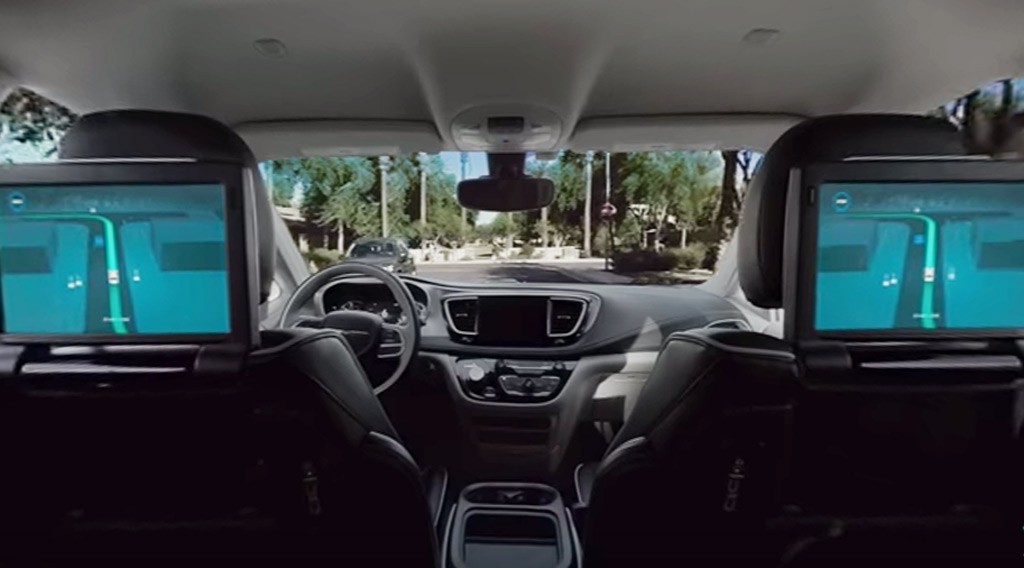
Current State Experience
Testing self-driving in a Tesla
My partner and I test-drove a Tesla to better understand the current state experience of using autonomous technology inside vehicles. We found the following opportunities:
• While driving the driver had little understanding of when the vehicle switched between stand driving to autopilot which caused a sense of angst during the trip
• The infotainment center caused frustration for the driver as all crucial information was in the center, such as fuel level, speed, driver mode, and more. The drivers felt like they had to look off the road to gain critical information
• The driver requested a voice command button to gain a better understanding of the vehicle during the drive.
Thank you to the Team at Tesla Legacy West for being kind and letting us drive a vehicle.
Waymo, a driver-less ride-hailing service
Waymo is a one-of-a-kind ride-hailing service leading in level 5 autonomy in vehicles. While we couldn't experience the drive firsthand, we watched numerous point-of-view videos for research. The key takeaways are as follows:
• The passenger explains that "the drive feels like a 17-year-old learning how to drive"
• The infotainment centers communicated decisions such as "Slowed down, pedestrian detected." However, the passenger still felt unease as the vehicle slowed down
I created journey maps for the experiences above in addition to renting services from Home Depot and U-haul.

Stepping into the future
Creating a Futures Wheel to design for 10+ years away
Our futures wheel looks at how Auto Haul could impact all aspects of society. If autonomous trailers were to be introduced in current society (widely accepted and mass-produced), how might this affect the environment, Economy, Science, Technology, Politics, and more? We brainstormed as far as 6th-order changes. Example:
First Order Change - Autonomous trailers are introduced.
Second Order Change - Public behavior is altered, increased anxiety as they are responsible for a vehicle they cannot control.
Third Order Change - Trailers become popular in the construction industry.
Fourth Order Chance - Big Box retailers such as Home Depot and Lowes adopt technology to offer trailer services
Fifth Order Change - Trailers come equipped with autonomous machines to load trailers for their users.
After brainstorming with 50+ seniors about what the future might look like, we found the following ideas worth approaching. In the end, we chose to design for the future in bold.
• Disputes over liability
• Autonomous trailers are used for mobile workspaces, pop-up shops, and more
• Chip shortages cause the supply of trailers to decrease
• Infrastructure changes due to the increase in autonomous vehicles
• Wide use of trailers for moving could be used as mobile storage units
• Trailer use eliminated the need for trucks and sedans became the dominant vehicle of choice for drivers
• Altered public behavior - being responsible for a vehicle they are not physically occupying
Scenario 1 | Parking Auto Haul
Allowing the driver to park their trailer independently from the user-operated vehicle
The following images are AI-generated from Open AI's ChatGPT4 and were inspired by a series of sketches depicted Auto Haul in action



Moving across the state of Texas will
require multiple stops at Buc-ee's
with busy, full parking lots
Drivers who have never hauled a
trailer before will be unaware of how
to park the vehicle and require
assistance from the trailer
With a push of a button, the trailer
will park itself in the nearest empty
parking space
Benefits:
• Find empty parking spaces faster
• Park the trailer in a parking space while a user does activities that a trailer can't
• Park the trailer in the back while a user parks upfront
Implementation:
• LIDAR sensor fields where the empty parking spaces are
• Cameras on the trailer ensure the vehicle can park safely in a space Implementation
Future Considerations
• AI could detect when the trailer has entered a parking lot and offer to park itself automatically
Scenario 2 | Seeing past Auto Haul
Ensuring a driver can see behind the trailer while the trailer is following their vehicle
The following images are AI-generated from Open AI's ChatGPT4 and were inspired by a series of sketches depicted Auto Haul in action
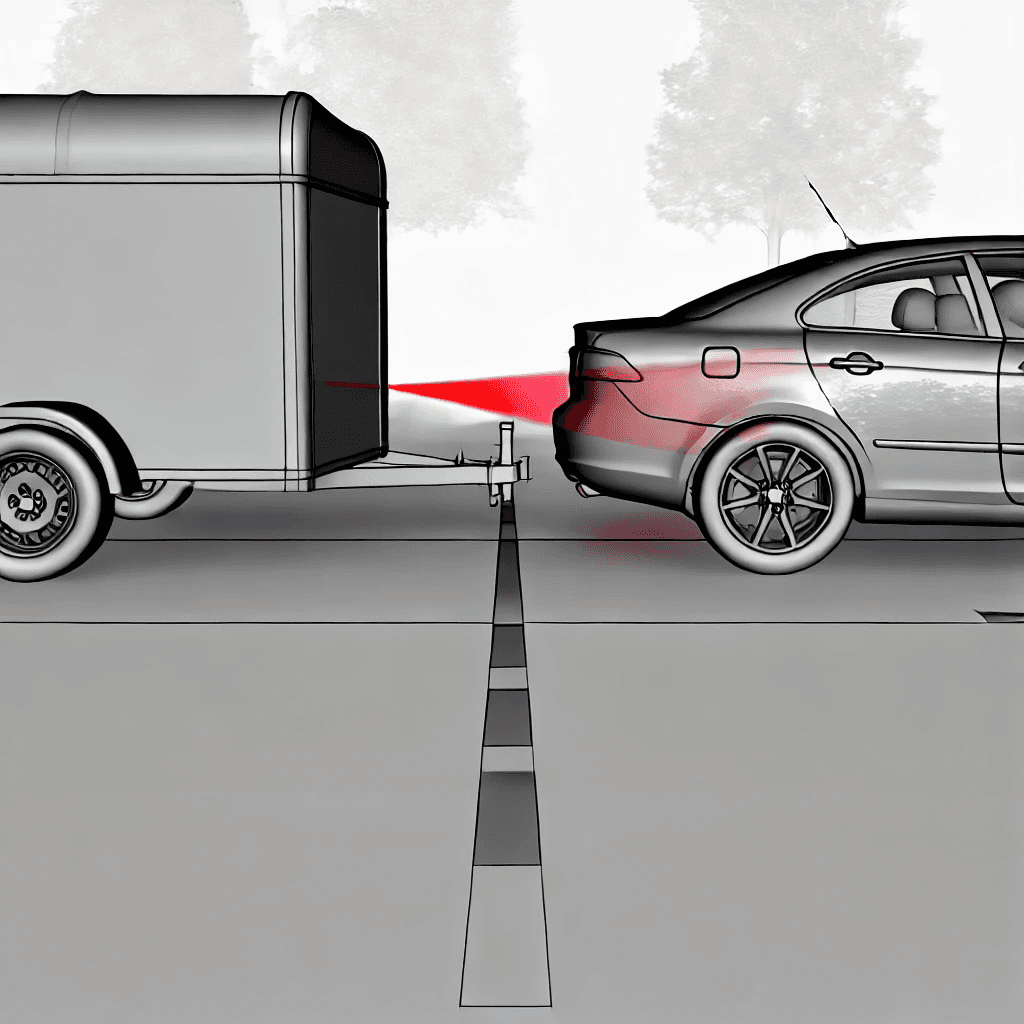

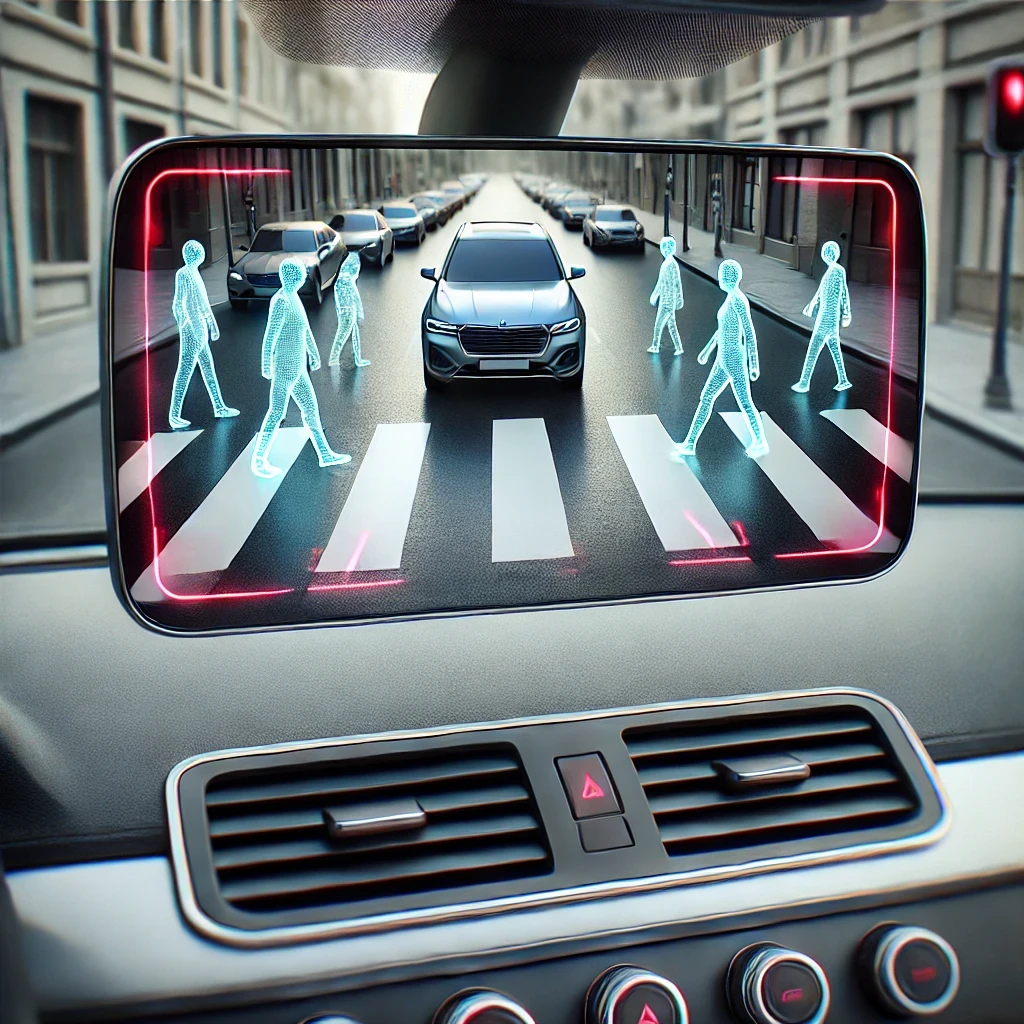
A 9-foot trailer following a vehicle
will block the driver from viewing
anything from their rearview mirror
Easy installation. A driver will simply
place the mirror on top of the
existing mirror and use velcro straps
to grip the mirror tightly
It is essential to give the driver a 360-
degree view from the driver's seat.
Using the digital mirror will allow the
driver to view what's behind the trailer
Benefits:
• Allows the driver to use the rearview mirror when the view is obstructed by the trailer
• A red visual queue will alert the driver when it is unsafe to proceed while the car is in reverse gear
Implementation:
• Using a wireless connection allows the mirror to connect with the back camera on the trailer
Future Considerations
• Implement an optional dash cam into the digital mirror
